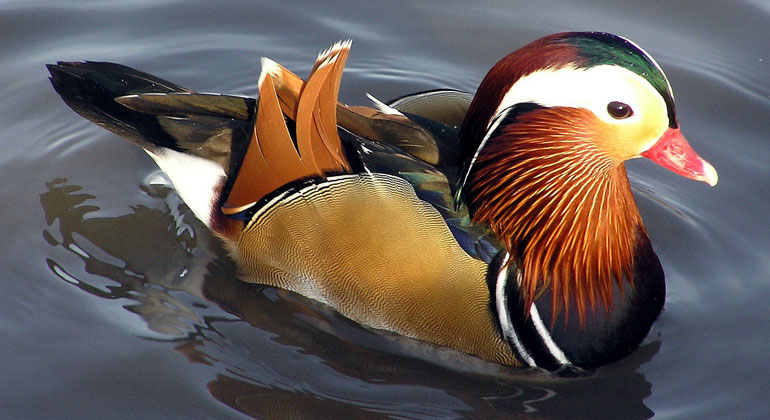Up to 16 % of Animal and Plant Species are Potential Emigrants
Non-native animal and plant species are spreading rapidly around the world.
Together with an international team, Senckenberg scientist Dr. Hanno Seebens has now discovered that one in four newly observed non-native species is actually recorded for the first time away from its native range. Overall, up to 16 percent of all animal and plant species have the potential to be transported to new areas by humans. Therefore, efforts to control the spread of non-native species, which pose significant risks to man and the environment, must be stepped up considerably, according to the team’s publication in the prestigious scientific journal “Proceedings of the National Academy of Sciences.”
Alien animal and plant species are gaining ground worldwide. From 2000 until 2005 alone, the number of records of alien species has reached a new high point, and the upward trend continues. Since several of these species can become potential problems, the European Union is now attempting to implement counter-measures by drawing up a list of the 50 most aggressive non-native species. However, this approach, which is aimed at known alien species, may well fall short of the goal, as determined by an international team of researchers.
The study’s leader, Dr. Hanno Seebens of the Senckenberg Research Center for Biodiversity and Climate, comments: “During the period from 2000 until 2005, one in four alien animal or plant species newly registered in a country was recorded as an emerging alien species. As such, these new arrivals among the alien species are not yet included in the EU list.” Although the number of alien species has increased significantly, the proportion of emerging alien species among them has remained more or less equal in the past 150 years. A reduction of these biological newcomers is therefore not in sight.
The researchers reached this conclusion by analyzing a global data set with approx. 46,000 recorded sightings of alien animal and plant species. The data roughly cover the last five centuries – a period during which humans increasingly developed even remote regions. And it is these newly created roads, ship passages and air routes that now facilitate the – intentional and unintentional – human-aided spread of animal and plant species into new areas.
A model based on the extensive data set further shows that the arrival of emerging alien species has not yet reached its end. The study’s senior author, Dr. Franz Esso of the University of Vienna, offers the following comment. “We calculated that between one and 16 percent of all existing animal and plant species have the potential to settle outside their native area with the aid of humans. Mollusks such as snails and bivalves show the lowest potential, while mammals are most likely to be introduced elsewhere.”
This pool of potential emerging alien species has by no means been depleted to date. On the contrary: Due to the ever-increasing network of traffic routes, an increasing number of species has the opportunity for the first time to be transported to new areas. “The largest challenge now is the reduction of this increased spread of alien species through trade regulations and customs inspections. This involves those alien species that could become potential problems. And that requires much higher efforts than have been undertaken to date,” adds Seebens in conclusion.
Publikation in “Proceedings of the National Academy of Sciences” (PNAS): Seebens, H. et al. (2018): Global rise in emerging alien species results from increased accessibility of new source pools. Proceedings of the National Academy of Sciences DOI: 10.1073/pnas.1719429115









